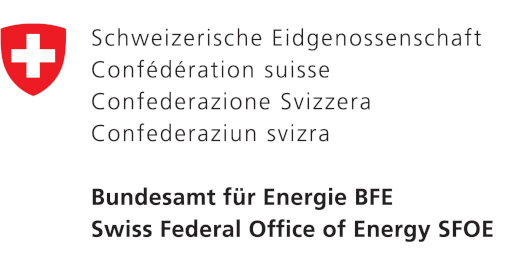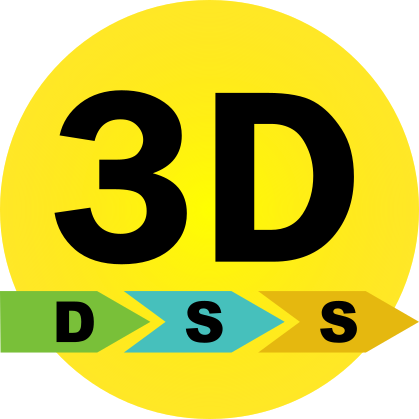English title
Application of 3D GIS for planning of electric power systems
Application of 3D Geographic Information Systems for transparent and sustainable planning of electric power systems
German title
3D GIS zur Planung von elektrischen Versorgungsnetzen
Einsatz von 3D Geografischen Informationssystemen zur transparenten und nachhaltigen Planung von elektrischen Versorgungsnetzen
Information
Project Duration: 01.10.2014—30.09.2017
Project Leader: Prof. Dr. Martin. Raubal (IKG)
Project Co-Leader: Prof. Dr. Adrienne Grêt-Regamey (PLUS)
Internal Researchers: Dr. Ulrike Wissen Hayek (PLUS), Joram Schito (IKG)
Documents
Abstract
Planning transmission lines is a time consuming task as various aspects must be considered for decision-making and much work for computing path alternatives is done by hand. Furthermore, transmission line planning is often impacted by strong social opposition, which may lead to delays and thus, increase costs. We thus developed an integrated 3D Decision Support System (3D DSS) to support planners, officials, and affected citizens during the planning process for a new transmission line. The developed approach models the optimal corridor as well as a possible transmission line path between two arbitrary points by considering the procedure according to the sectoral plan for transmission lines (SÜL).
In order to satisfy legal requirements, we built a decision model based on available geodata that allows users to weight different factors concerning environment, spatial planning, and technical prerequisites against each other. We then used geospatial concepts to transfer this information onto a map that represents how worthy an area is of being protected. From this map, the optimal corridor, a possible path, and the expected costs could be derived by applying a Least Cost Path (LCP) analysis. Last, we implemented the described approach in a web interface while using CESIUM as virtual globe to represent the resulting corridors, paths, and pylon positions in 3D. In this way, users could quickly generate the resulting costs and virtual representations based on the decisions they took.
Furthermore, we investigated the effect of different MCDA models by conducting a sensitivity analysis. The results show that landscape and urban areas can be protected from building a power line by applying a decision model that considers overlapping and a continuously decreasing protective effect over its borders. Furthermore, we conducted three workshops to obtain experts’ feedback and evaluated the results of three user studies to improve the 3D DSS. Since the 3D DSS quickly computes alternatives, it is appropriate to support discussions for determining a consensus alternative. Whereas experts assessed the 3D DSS good functionality, the model needs to be further calibrated to be applicable in practice. Furthermore, the developed approach is optimized for determining overhead lines. Thus, the developed 3D DSS might be complemented by an approach that determines earth cables and combines them with overhead lines. An extended 3D DSS would be a valuable instrument in practice as it supports discussions and fosters transparency in the planning of transmission lines.
Funding




